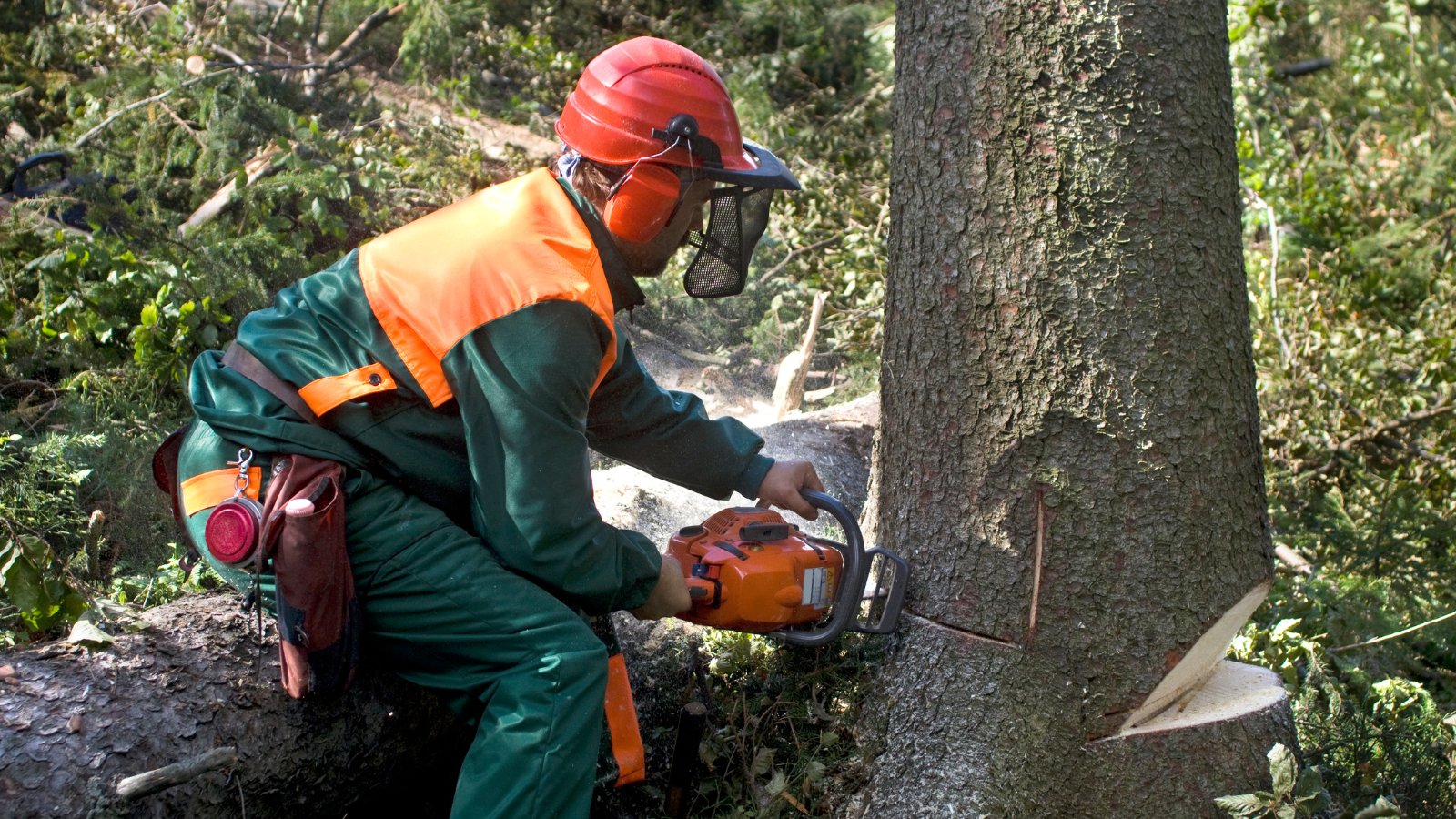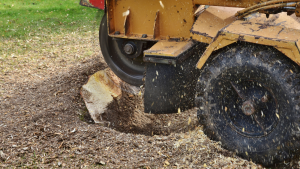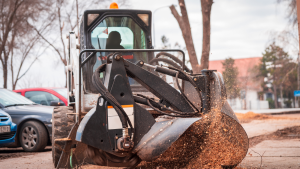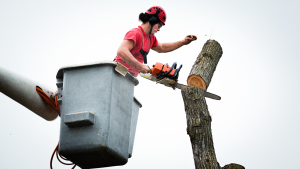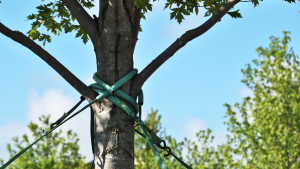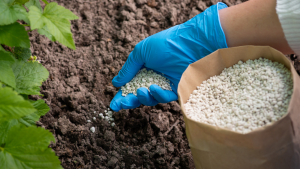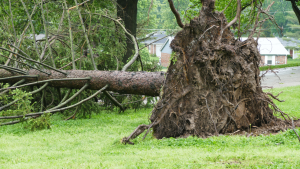Tree removal is an essential service that can significantly impact your property’s safety, aesthetics, and health. Whether you’re dealing with a dead tree that’s too close to your house or want to change your landscape, understanding the tree removal process can help you feel more confident about what to expect. In this blog post, we’ll take you through a detailed walkthrough of the tree removal process from start to finish, explaining what happens to a tree after you remove it and what to expect when they cut down the tree.
Joliet Tree Service offers many tree services in Joliet, Illinois, and the surrounding areas. Our professional tree specialists are ready to assist you with any needs. We also provide 24/7 emergency services.
Understanding the Tree Removal Process
Tree removal is a complex task that requires professional expertise and careful planning. It’s not just about chopping down a tree; it involves assessing the tree and the surrounding area, using specialized equipment, and ensuring safety protocols are followed. Here’s a comprehensive step-by-step guide to help you understand the tree removal process.
Step-by-Step Guide to the Tree Removal Process
- Initial Consultation and Assessment
The tree removal process begins with an initial consultation. A professional arborist will visit your property to assess the tree and its surroundings. They will determine the tree’s condition, size, and potential hazards. This assessment helps create a tailored removal plan that ensures safety and efficiency.
- Obtaining Necessary Permits
Depending on your location, you might need a permit to remove a tree, especially if local regulations protect it. The tree removal company will usually handle the permit process for you, ensuring all legal requirements are met before proceeding with the removal.
- Preparing the Site
Before the actual removal begins, the site is prepared. This involves clearing the area around the tree to ensure nothing is damaged. The crew will also set up safety zones and use ropes and safety gear to prevent accidents.
- Cutting Down the Tree
Cutting is typically done in stages, especially for more giant trees. Here’s how it generally unfolds:
- Limbing: The first step is to remove the branches (limbing). This makes the tree more straightforward to handle and reduces the risk of damage when cutting the trunk.
- Sectioning the Trunk: The trunk is cut down in sections from top to bottom after limbing. This controlled approach ensures that large sections don’t fall uncontrollably and cause damage.
- Felling the Tree: For smaller trees or once the trunk has been sectioned sufficiently, the remaining part of the tree can be felled in a single cut.
- Stump Removal
Once the tree is down, you can remove the stump. This can be done using a stump grinder, which grinds the stump into small pieces, making it easier to remove and leaving your yard clean and ready for new landscaping.
- Clean-up and Disposal
After removing the tree and stump, the crew will clean up the debris, including branches, leaves, and wood chips. Some companies offer to cut the wood into firewood for you, while others will haul it away.
What Happens to a Tree After You Remove It?
After removal, the tree can be repurposed in several ways:
- Recycling: The wood can be recycled into mulch, which is helpful for gardening and landscaping.
- Firewood: Cut branches and trunks can be processed into firewood.
- Lumber: Larger, high-quality trees can be processed into lumber for construction or woodworking projects.
What Happens When They Cut Down the Tree?
When a tree is cut down, the immediate focus is on ensuring it is done safely and efficiently. Arborists use various techniques to control the falls and minimize damage to the surrounding area. Ropes, cranes, and other equipment help manage the process effectively. After the tree is down, the remaining trunk and branches are processed as described above.
Essential Aspects of Tree Removal
- Safety: Professional tree removal services prioritize safety for their crew and your property. Proper equipment and techniques are essential.
- Expertise: Certified arborists know how to handle tree removal efficiently and safely.
- Environmental Considerations: Consider the environmental impact of removing a tree and explore ways to recycle or repurpose the wood.
Conclusion
Tree removal is a vital service that requires professional handling to ensure safety and efficiency. By understanding the tree removal process, you can better prepare for what to expect and make informed decisions about your property. From the initial consultation to the final clean-up, each step is designed to manage the task safely and effectively, ensuring your landscape remains beautiful and secure. If you’re considering tree removal, contact a certified arborist to discuss your needs and get started on a plan tailored to your situation.
